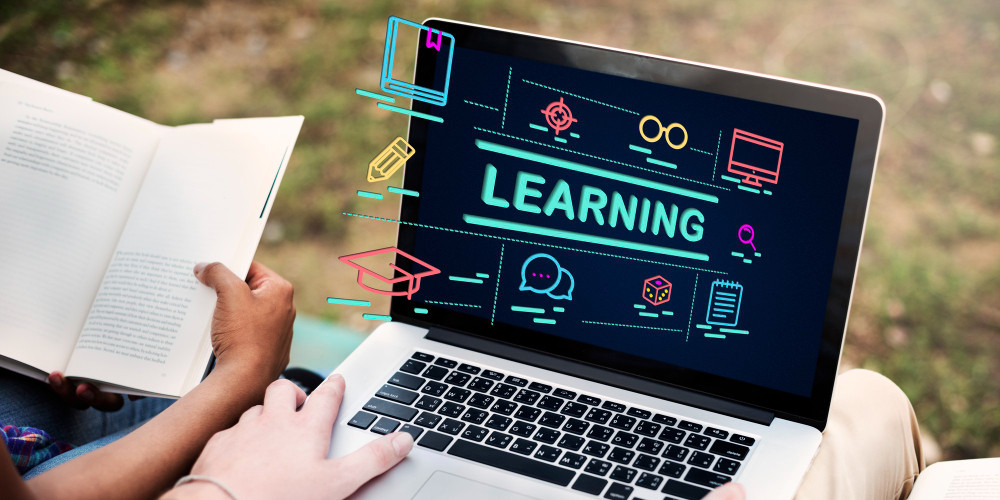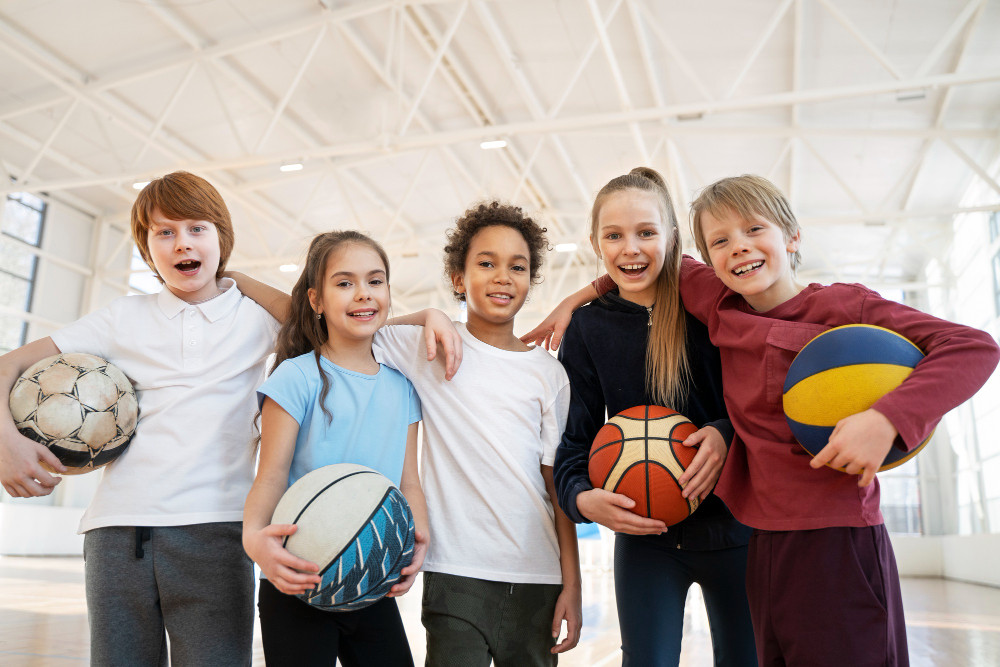
Microlearning Strategies to Boost Student Performance
Introduction
Many students today struggle to stay focused during long lectures or endless study sessions, often forgetting most of what they worked so hard to memorize. That’s why microlearning strategies are becoming such a powerful tool in modern education. By breaking lessons into small, focused chunks, microlearning makes it easier for students to absorb information, retain knowledge, and apply what they’ve learned in real-life situations.
Unlike traditional methods that demand hours of cramming, microlearning uses short videos, interactive quizzes, flashcards, and bite-sized lessons to keep students engaged. This approach not only reduces stress but also boosts student performance by improving concentration, motivation, and long-term memory.
With more educators and learners embracing this method, microlearning is quickly proving to be one of the most effective strategies to enhance academic success. In this article, we’ll dive into practical microlearning strategies that students and teachers can apply to transform the learning experience.
1. What is Microlearning?
Microlearning is an innovative teaching approach where information is delivered in short, focused lessons instead of long study sessions. Think of it as bite-sized learning that helps students absorb knowledge more effectively. Instead of reading a 30-page chapter in one sitting, microlearning breaks it down into small sections that can be understood in minutes.
This approach has become popular in modern education because it matches the fast-paced lifestyle of today’s learners. Students no longer need to spend hours cramming; with microlearning strategies, they can learn step by step, building confidence along the way. Whether it’s through videos, quizzes, flashcards, or short activities, microlearning makes studying more engaging and less overwhelming.
2. The Science Behind Microlearning
The success of microlearning for students lies in how the brain processes and retains information. Research shows that learners tend to forget almost 70% of new material within 24 hours if it isn’t reinforced. Microlearning solves this problem by presenting knowledge in small chunks and reinforcing it regularly.
This method taps into cognitive science and memory retention principles, such as:
• Spacing effect – Students remember better when learning is spread out over time rather than in one long session.
• Active recall – Short quizzes and practice tests help the brain retrieve information, strengthening long-term memory.
• Reduced cognitive overload – Small lessons prevent the brain from feeling overwhelmed, allowing students to focus on key ideas.
In simple terms, microlearning works with the brain instead of against it, making learning faster, easier, and more effective.
3. Benefits of Microlearning for Students
The benefits of microlearning for students go far beyond convenience. When applied effectively, microlearning strategies can transform how students learn, revise, and perform academically. Some key advantages include:
• Improved focus and retention – Short lessons help students stay attentive and remember more information.
• Time efficiency – Perfect for busy schedules, microlearning allows students to study in just 5–10 minutes a day.
• Flexibility – Students can learn anytime, anywhere, using smartphones, tablets, or laptops.
• Higher motivation – Completing small tasks gives learners a sense of progress, keeping them motivated.
• Personalized learning – Microlearning adapts to each student’s pace, allowing them to review areas they find difficult without pressure.
In today’s competitive education environment, these microlearning benefits can make a real difference in student performance improvement, helping learners prepare smarter, not harder.
4. Proven Microlearning Strategies Students Can Use
The real strength of microlearning strategies lies in how students apply them in daily study routines. Here are some proven approaches that make learning both effective and enjoyable:
• Flashcards for quick recall – Digital or physical flashcards are a powerful microlearning tool. They help students remember key terms, formulas, or vocabulary through repetition.
• Short video lessons – Watching 5–10 minute educational videos allows students to grasp complex topics in manageable chunks.
• Daily practice quizzes – A few multiple-choice questions each day reinforce memory and keep students actively engaged.
• Spaced repetition apps – Tools like Anki or Quizlet use algorithms to show information at intervals, which strengthens long-term retention.
• Interactive infographics and visuals – Students often remember concepts faster when they see information in visual formats.
• Micro journaling – Writing a few lines summarizing what was learned each day helps cement knowledge.
These proven microlearning strategies not only save time but also give students the confidence to tackle even the most challenging subjects.
5. Microlearning in Schools & Universities
Education systems across the world are recognizing the benefits of microlearning in schools and universities. Instead of relying solely on traditional long lectures, many institutions are experimenting with bite-sized learning modules to make lessons more engaging.
In schools, microlearning is helping younger students grasp difficult concepts without feeling overwhelmed. For example, a math teacher may introduce one problem-solving technique per lesson, followed by a quick interactive quiz. This step-by-step learning boosts student performance and keeps children motivated.
In universities, where students are expected to handle large volumes of information, microlearning is proving invaluable. Professors are breaking down lectures into smaller segments, often combined with short videos, case studies, and discussion forums. This approach not only improves understanding but also allows learners to revise quickly before exams.
By integrating microlearning into education, schools and universities are giving students a better chance to succeed in both academics and future careers.
6. Microlearning in the Workplace and Beyond
While microlearning is popular in academic settings, its impact goes much further. Many companies now use microlearning strategies for employee training because they know short, targeted lessons boost skill development faster than traditional workshops.
For students, this means microlearning is not just about improving grades—it is also about preparing for the professional world. Skills like problem-solving, critical thinking, and digital adaptability are easier to build when learners engage in short, focused learning activities.
Universities that introduce microlearning for career readiness are equipping students with an advantage in today’s competitive job market. By practicing microlearning in college, students develop habits that serve them in internships, job training, and lifelong learning.
7. Challenges of Microlearning & How to Overcome Them
While microlearning offers many benefits, students and educators do face certain challenges in applying it effectively. Some of the most common obstacles include:
• Fragmented learning – Since microlearning breaks content into small chunks, some students may struggle to connect the dots or see the bigger picture. Solution: Teachers and learners should combine micro lessons with periodic reviews or summary sessions that tie everything together.
• Technology barriers – Not every student has equal access to digital tools or stable internet, which can make online microlearning harder. Solution: Schools and universities can provide offline resources such as PDFs, flashcards, or recorded lectures that can be used without constant internet access.
• Over-reliance on short content – Microlearning is powerful, but it should not replace in-depth study entirely. Solution: Students should use microlearning as a supplement to traditional study methods, not as a replacement. Combining both creates a balanced learning experience.
• Lack of motivation or discipline – Since microlearning often involves self-paced study, some students may find it difficult to stay consistent. Solution: Setting clear goals, using gamified apps, and rewarding progress can keep learners motivated.
By addressing these challenges with the right strategies, students and educators can unlock the full effectiveness of microlearning in education.
Conclusion: The Future of Microlearning in Education
The rise of microlearning in education is reshaping how students learn, retain knowledge, and prepare for their futures. Its ability to deliver quick, focused lessons makes it a practical solution for modern learners who are constantly balancing studies, extracurricular activities, and digital distractions.
From schools introducing interactive micro lessons to universities adopting short video lectures and companies training employees through microlearning, this approach is proving its value across every stage of education and career development.
While there are challenges, the benefits of microlearning for students—improved retention, flexibility, and higher engagement—make it a strategy worth embracing. When paired with traditional study methods, microlearning equips learners not only to succeed academically but also to thrive in the fast-changing world of work.
👉 In short, microlearning is not just a passing trend—it’s becoming the future of education, helping students achieve more in less time while enjoying the learning process.
FAQ: Microlearning Strategies for Students
Q1. What is microlearning in education?
Microlearning is a teaching method where lessons are delivered in small, focused chunks. Instead of long lectures, students learn through short videos, quizzes, infographics, or flashcards, which makes learning faster and easier to remember.
Q2. Is microlearning effective for students?
Yes, microlearning is highly effective for students. Studies show that breaking lessons into smaller segments improves retention, boosts focus, and helps students recall information better during exams.
Q3. How can teachers use microlearning in the classroom?
Teachers can introduce microlearning by creating short explainer videos, using digital flashcards, gamified quizzes, and breaking down large topics into mini-lessons. This keeps students engaged and motivated.
Q4. What are examples of microlearning strategies?
Some proven microlearning strategies include interactive quizzes, 5-minute video lessons, spaced repetition, gamification, and using real-life examples to explain complex concepts.
Q5. Can microlearning replace traditional learning?
No, microlearning should not completely replace traditional learning. It works best as a supplementary tool alongside regular study sessions, making learning more engaging and improving knowledge retention.
Q6. What are the challenges of microlearning?
The main challenges include fragmented understanding, lack of motivation, and unequal access to technology. These can be overcome by combining microlearning with traditional teaching methods, providing offline resources, and using gamified learning apps.







